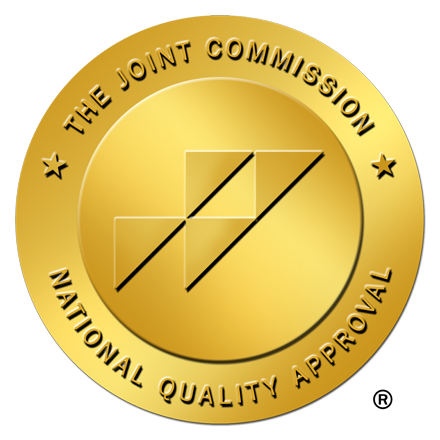Questions? Call for Help Now
Risk assessment and safety planning are key aspects of mental health care at Alter, particularly when individuals may be at risk of harm to themselves or others.
By identifying how likely a client is to harm themselves or others in a time of crisis, therapists and clients work together to develop a personalized plan that mitigates these risks.

Featured facility: Irvine
Keeping clients safe in times of distress
When a client is in a time of crisis or heightened distress, our team works to identify any risks to their safety including factors such as the presence of suicidal thoughts or behaviors, history of self-harm, mental health diagnoses, substance use, and access to means of harm. Then we empower them with a personalized plan to take control of their mental health.
During a risk assessment, a therapist will look at the client’s mental health symptoms, history of suicidal ideation or self-harm, substance use, access to means, social support networks, and any recent stressors or life events.
Through this assessment, therapists can identify potential risk factors and create interventions that mitigate risk and ensure the safety of the client.
After the assessment, therapists work closely with their client to develop a personalized safety plan tailored to their specific needs and circumstances.
This safety plan typically includes coping strategies, support resources, and crisis management techniques that the client can implement during times of distress, giving them a greater sense of well-being and control.
To make sure the safety plan is as effective as possible, therapists regularly check in with clients to assess their current risk status, review the effectiveness of the safety plan, and make any necessary adjustments.
By maintaining open communication and ongoing collaboration, therapists can help clients stay on top of managing risk and maintaining stability.
A safety plan for mental health typically includes a range of coping strategies, support resources, and crisis management techniques to help individuals manage risk and maintain safety. For example, a safety plan may include:
By proactively addressing potential risks and building resilience, safety plans empower individuals to manage their mental health and reduce the likelihood of harm.
Risk assessment and safety planning is important anytime a client is in a large amount of distress. It can help with:
Call Now for Program Availability
Contact our admissions team to learn about our programs and to check availability at our facilities, or submit your insurance to verify coverage.
We accept most major insurance providers including the ones displayed here.
Submit your insurance to confirm coverage.










We accept most major insurance providers including the ones displayed here.
Submit your insurance to confirm coverage.




















Our facilities have been awarded prestigious recognition and certifications by adhering to rigorous guidelines and exceeding quality standards with consistent, safe & effective healthcare services.


We are on a mission to improve the lives of people with mental health conditions.
34270 Pacific Coast Hwy
3rd Floor
Dana Point, CA 92629
Questions? Call now to speak confidentially with an admissions counselor.